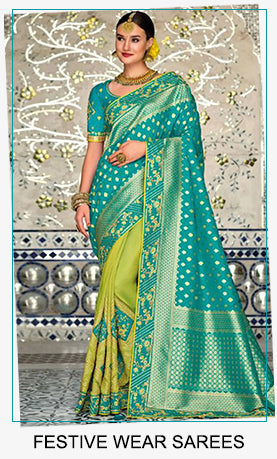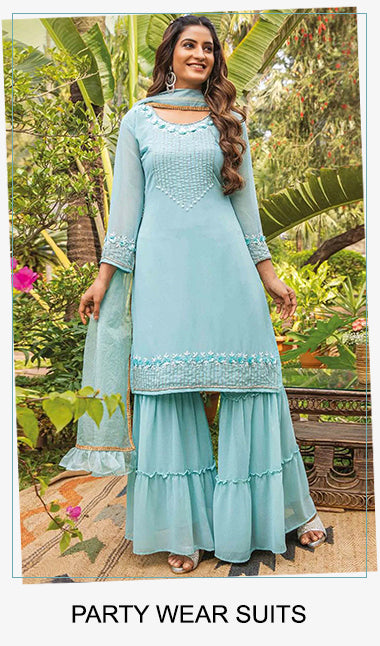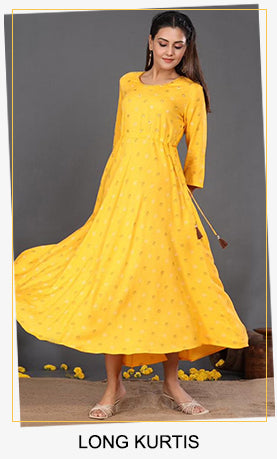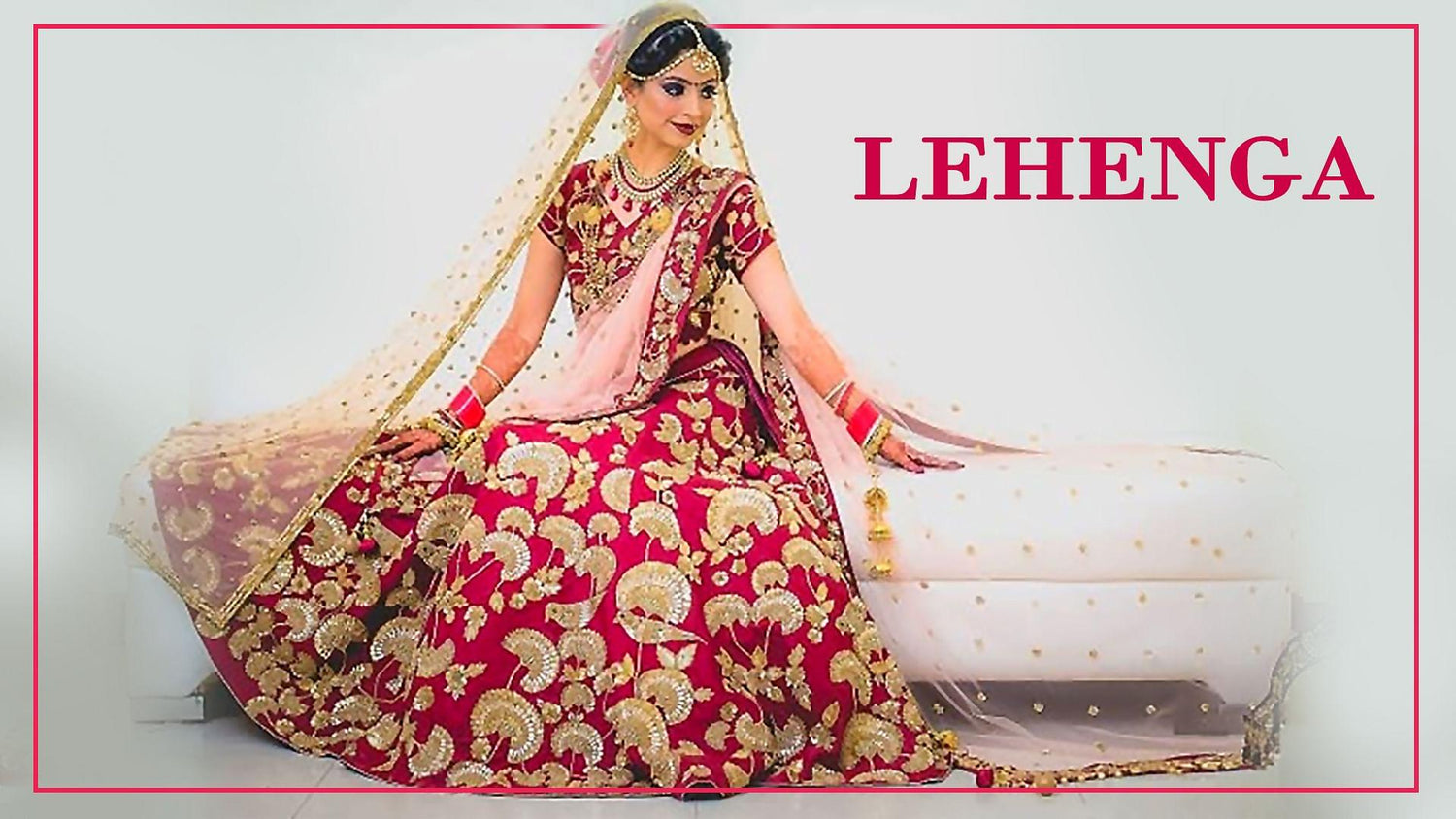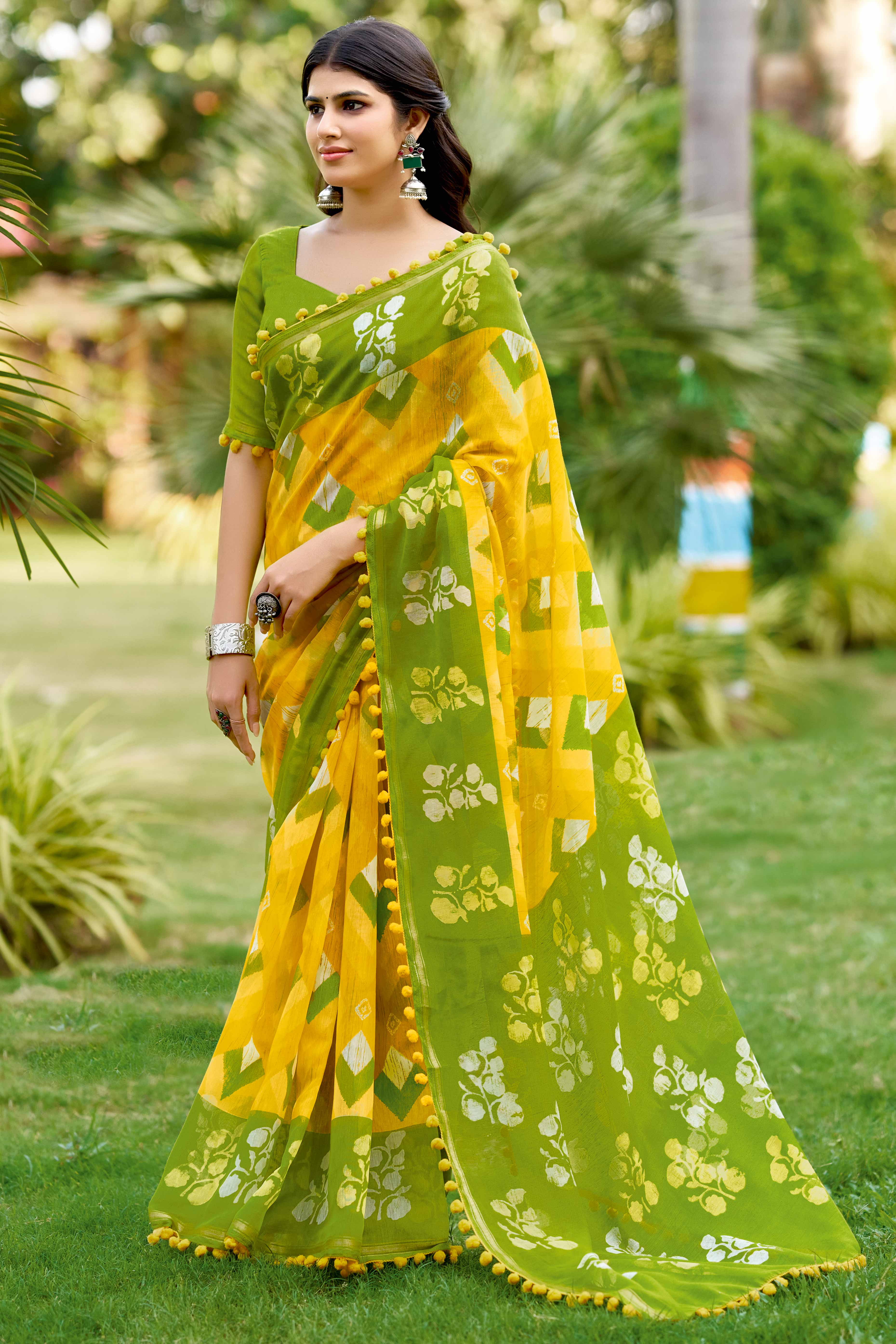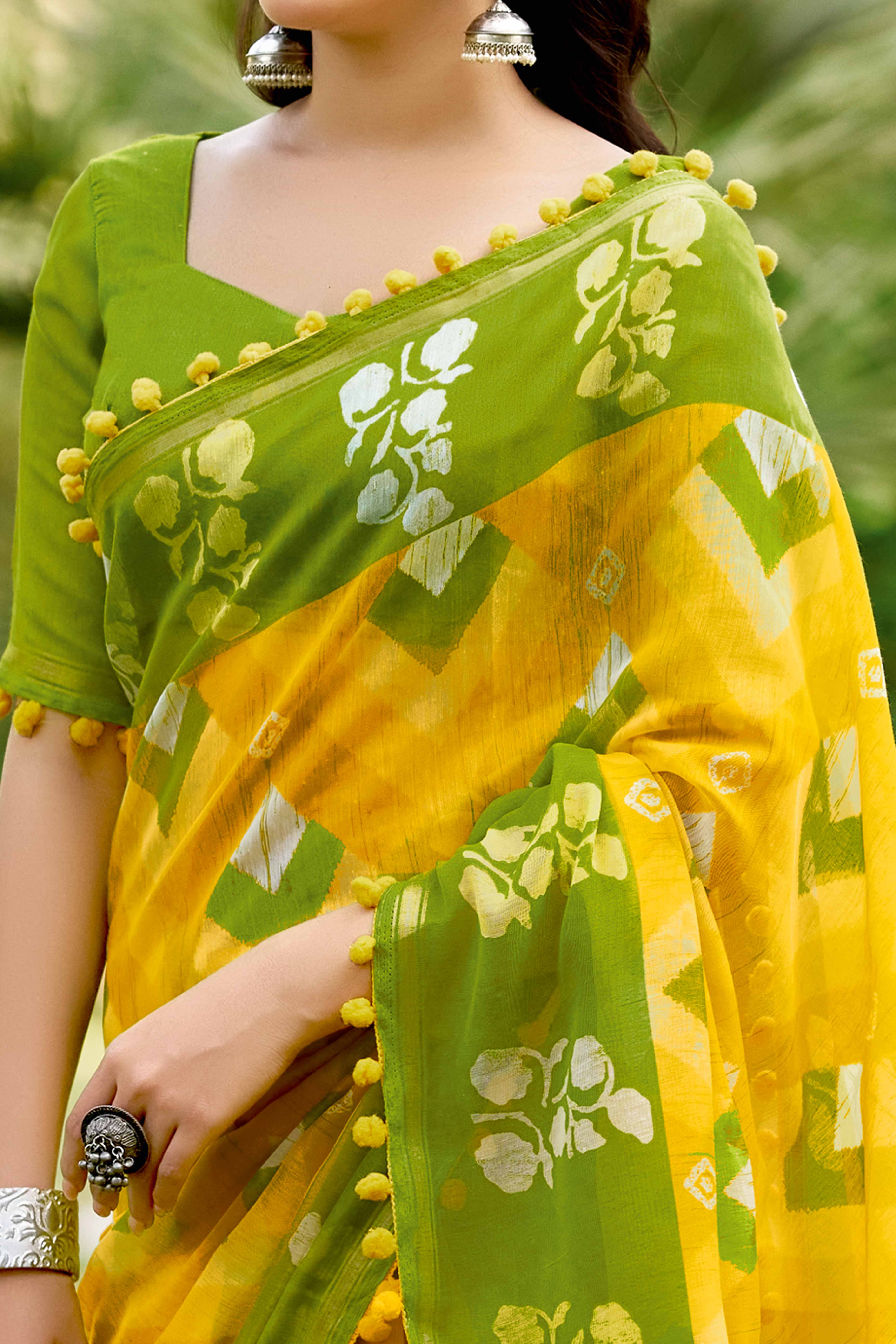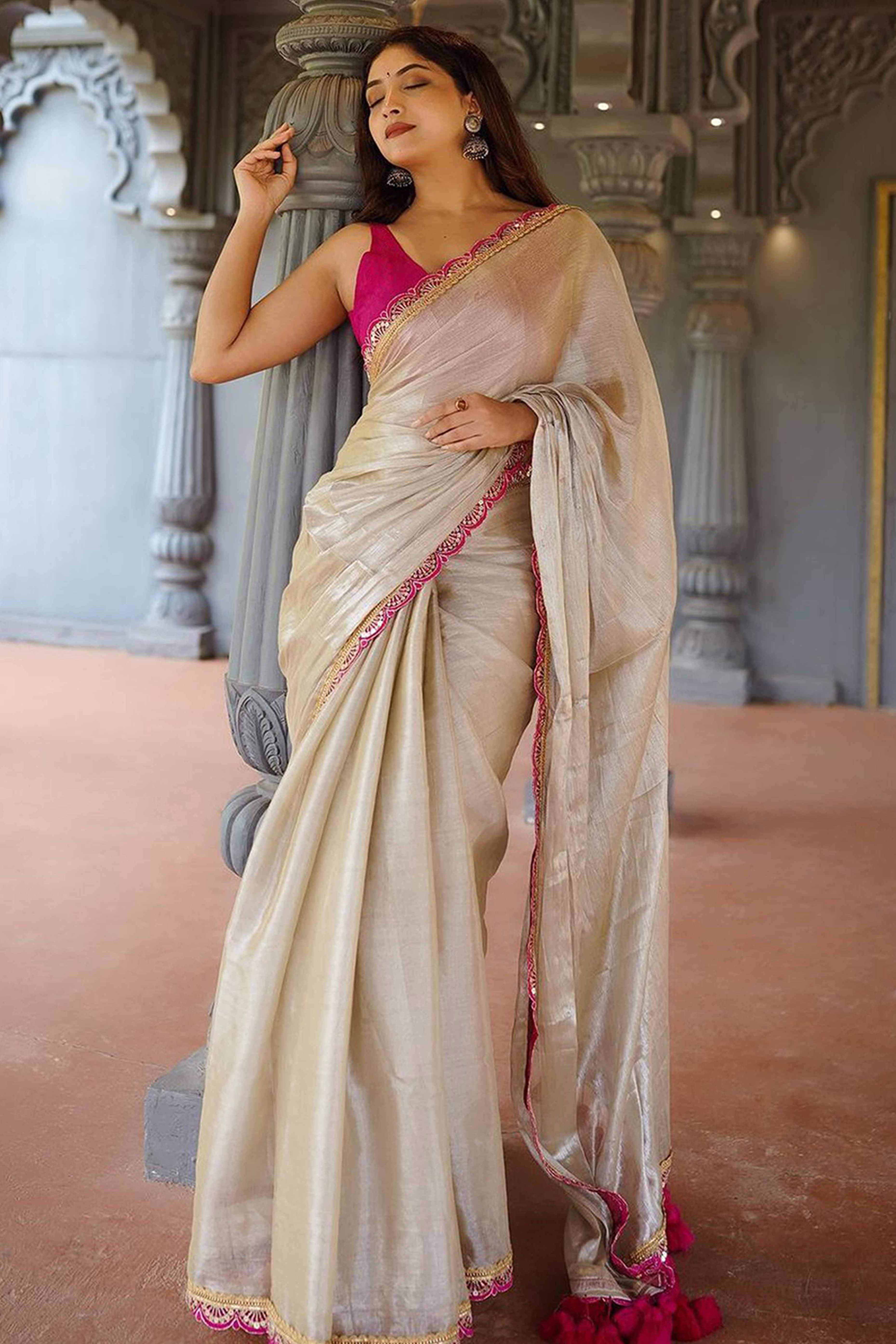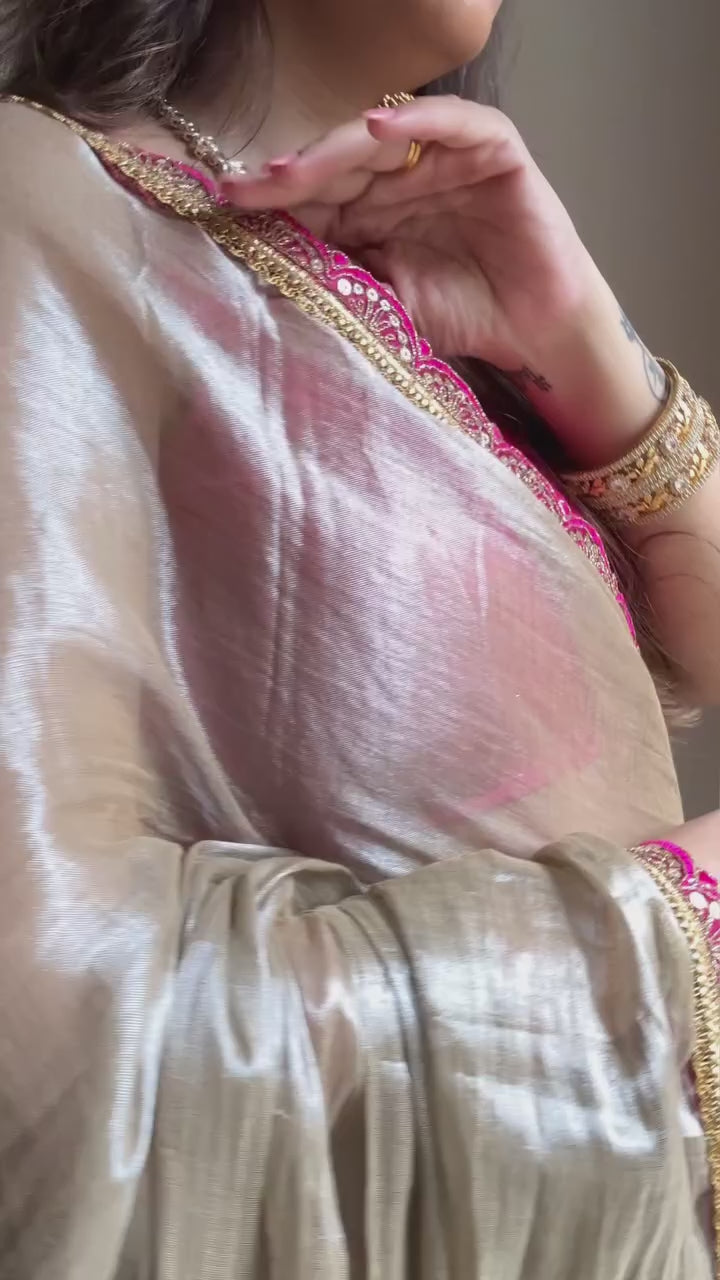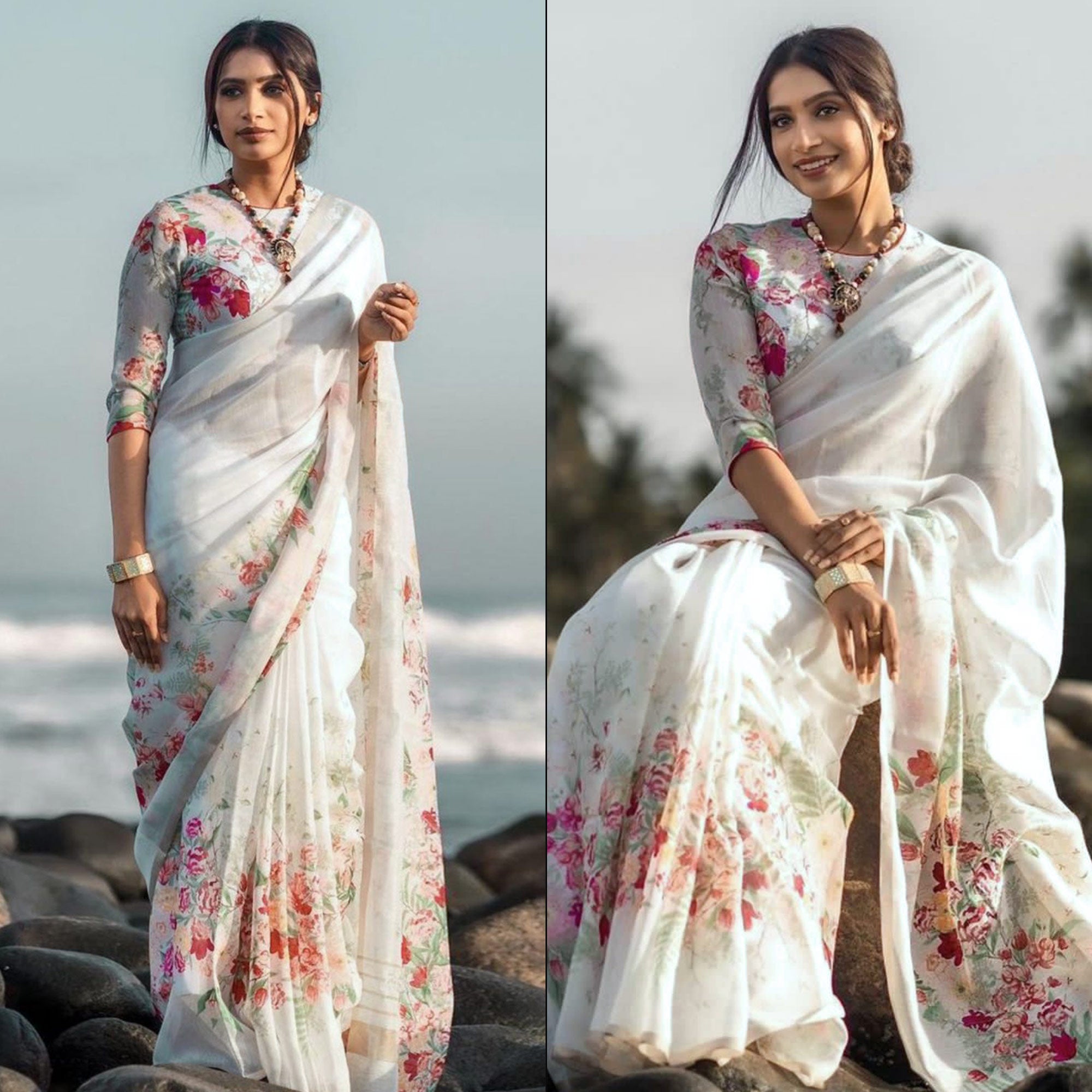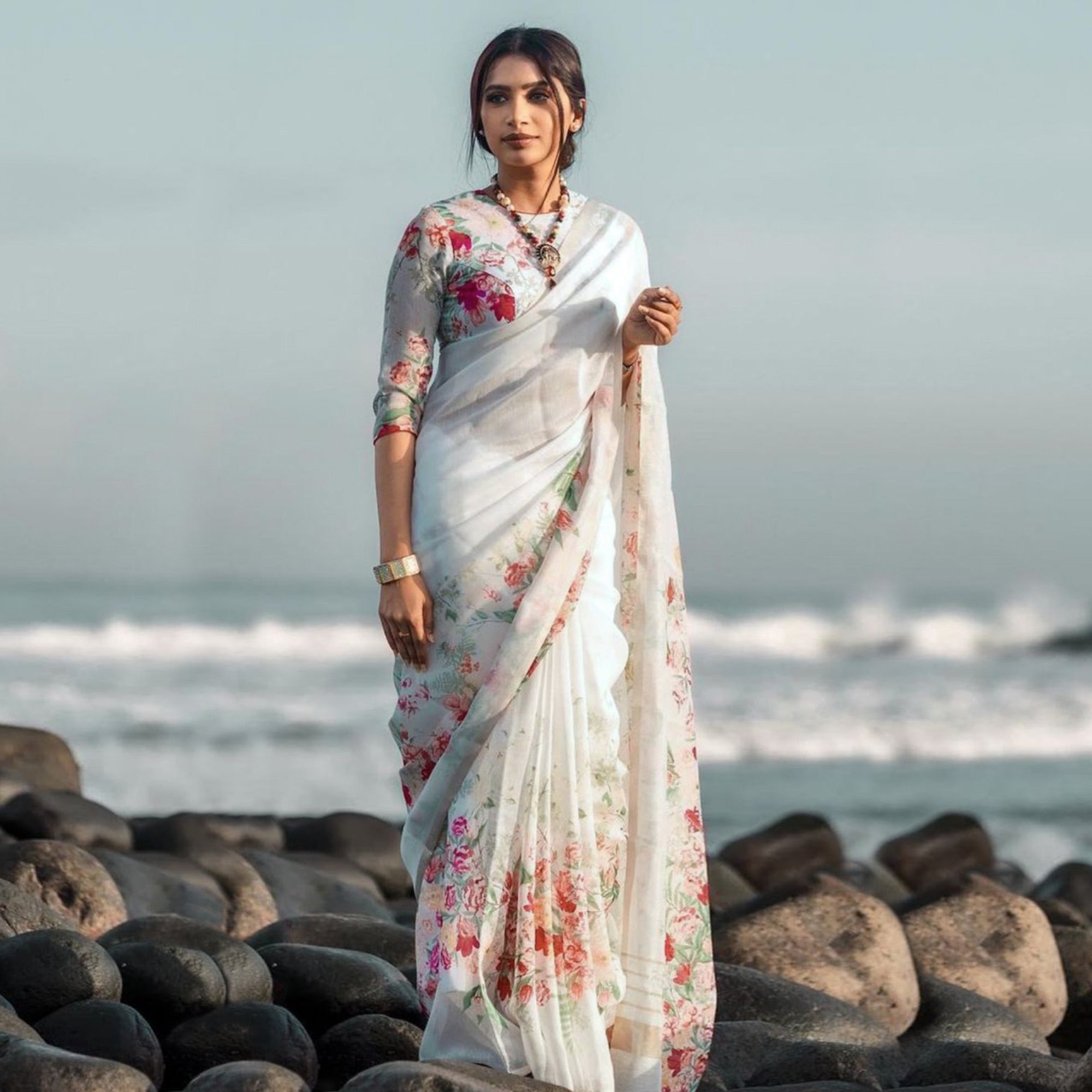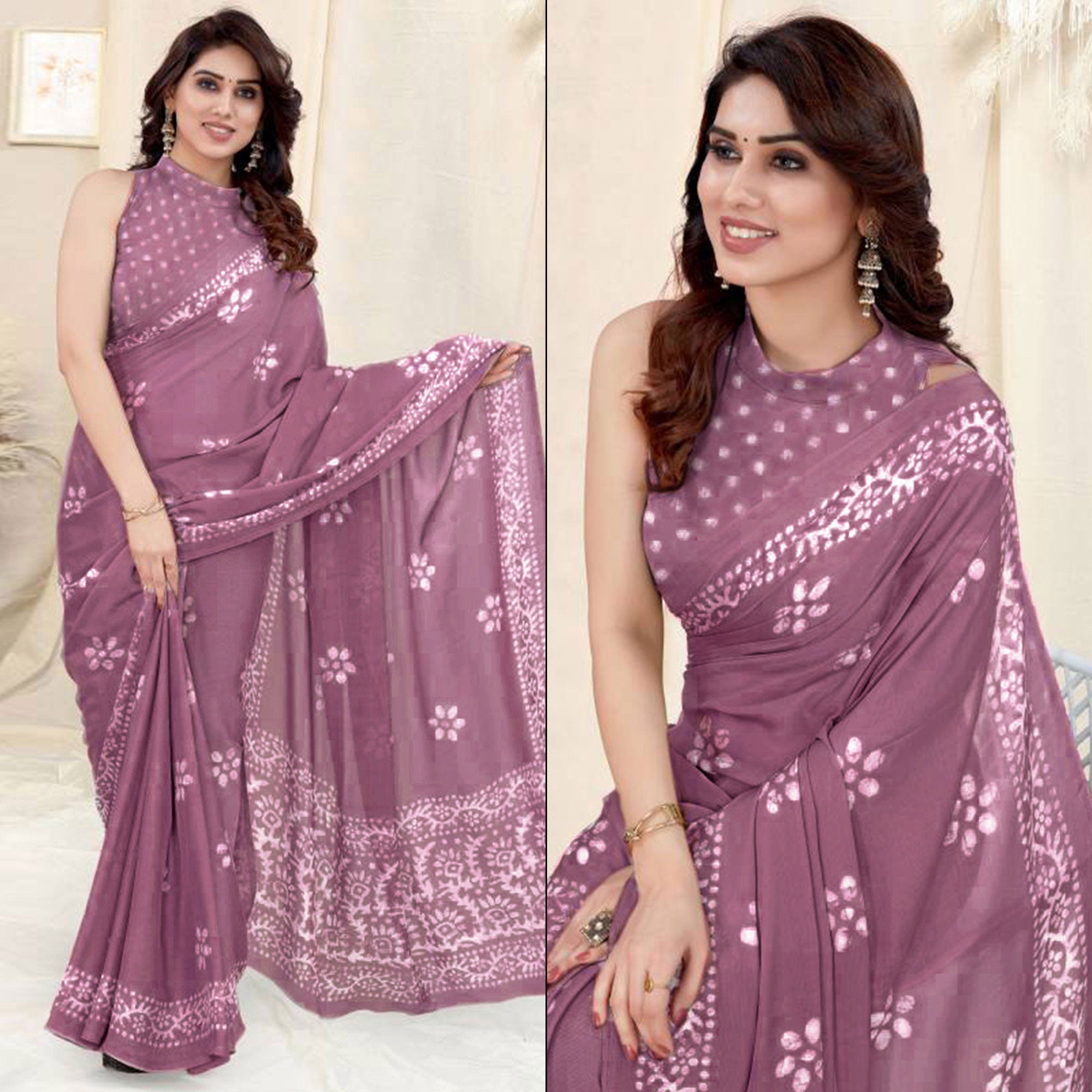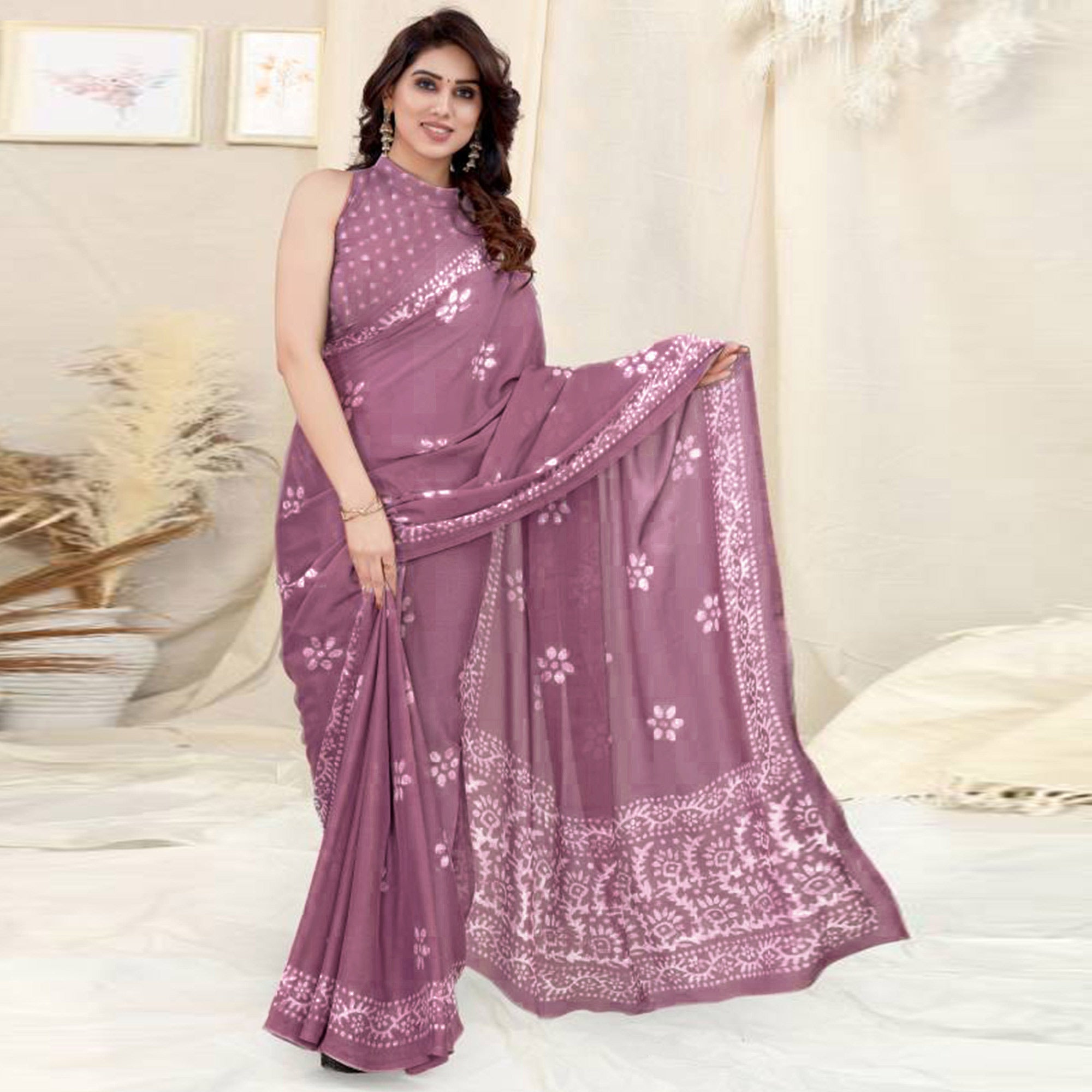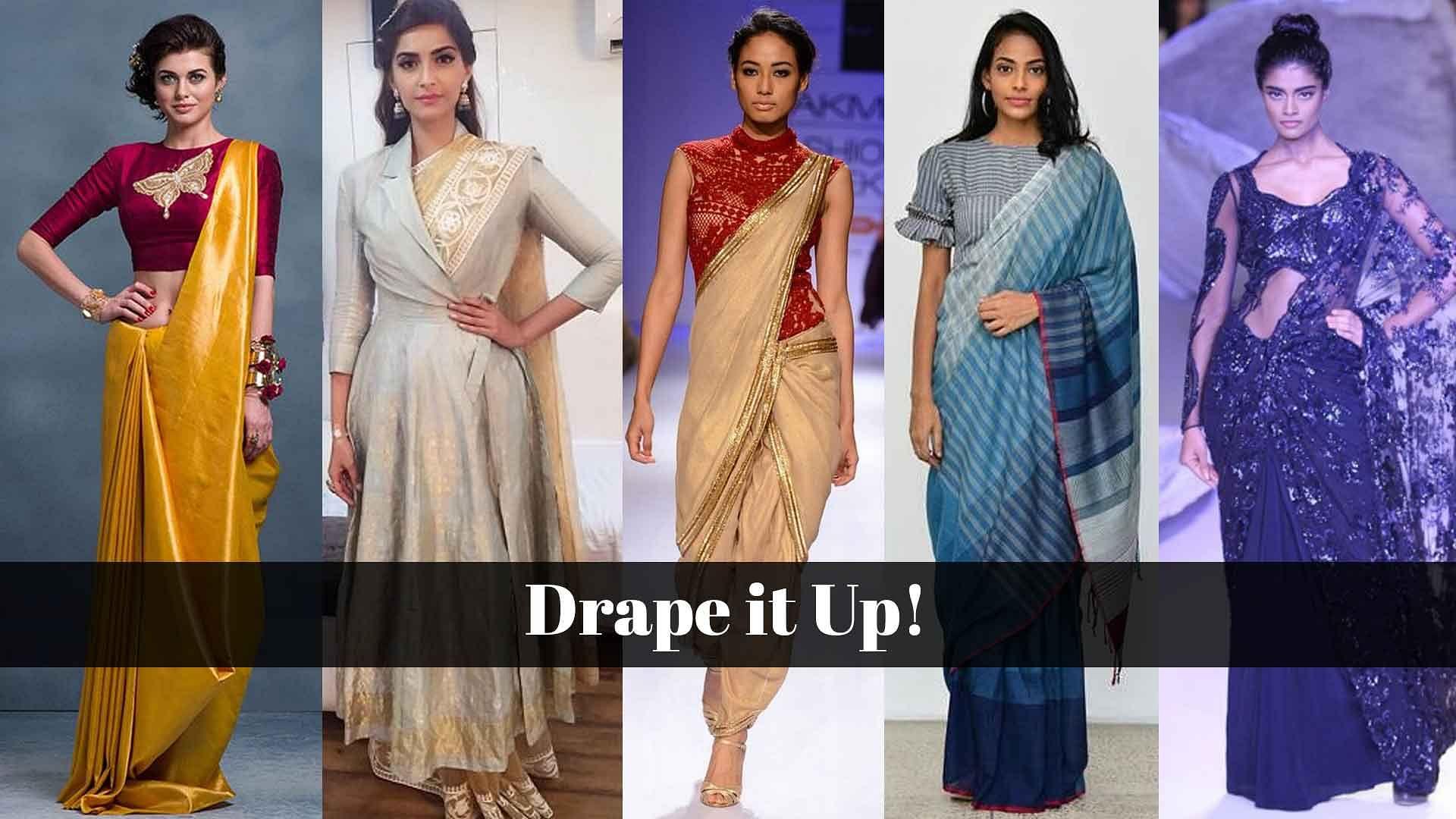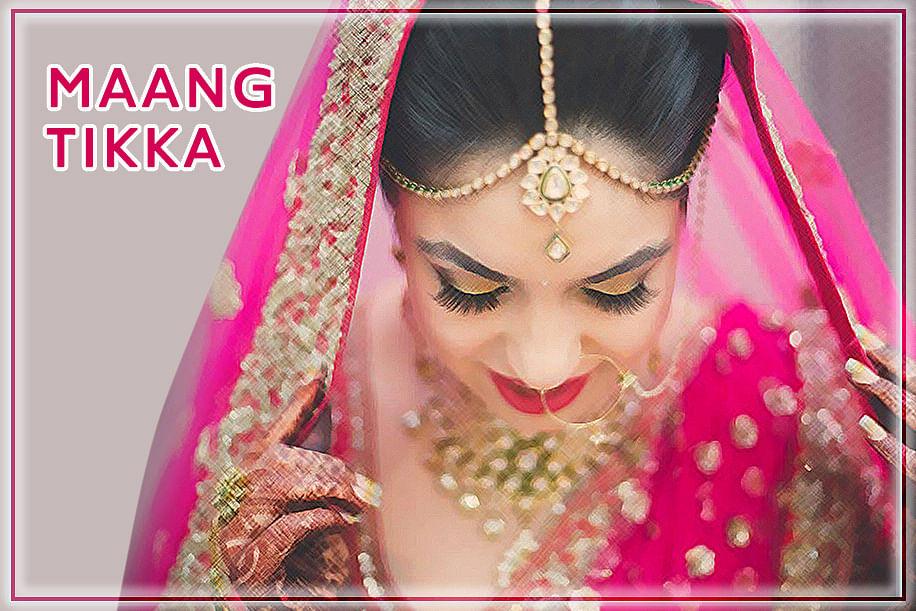Lehengas are one of the most iconic and historic outfits of the Indian culture. They are legendary in every right and exude a very elegant and poised look. Not just a bridal favourite, lehengas are quite the rage amongst Bollywood and on fashion shows. Steadily holding their spot as a popular choice for festive wear, the lehengas magnificently weave the enriched ancient culture and heritage of our country into modish styles today, beautifully retaining the nostalgic sentiment associated with this legendary outfit.
Lehenga Legend
As per historical evidences, the lehenga first came up during the Mughal era. What started off as an elite attire quickly became a clothing of the masses too. The lehenga became synonymous with the Indian culture.
The lehenga choli, which is also known as ghagra choli in some parts of India, has its roots in a type of three-piece attire worn by women in ancient times. The ensemble consisted of a draped lower garment called Antriya, which was a white or colourful cotton strip of fabric that was passed through the legs and tucked in at the back.
The Antriya was worn by both men and women and was also the origin of the dhoti and lungi. Stone sculptures from the 1st century AD clearly portray the antriya as part of the regular wardrobe of ancient Indians.

The Antriya, was paired with the Uttariya, which was very similar to a veil worn over the head or shoulders and the Stanapatta or chest band or a blouse. From these early descriptions it’s fairly simple to deduce that the Antriya went on to become the stitched lehenga, the Uttariya became the dupatta and the Stanapatta developed into the choli or blouse. The lehenga was worn in its rudimentary form until the reign of the Mughals, who brought with them tremendous advancements for early Indian fashion. During their reign, salwar kameez was heavily in fashion and for some time, this ancient version of lehenga choli took a serious blow.
Mughal women initially stuck with the three piece suits reminiscent of their Persian heritage featuring a peshwaj, paijama and patka or dupatta. The combination was similar to the modern day kurta-chudidar. Further integration with the indigenous Indian population brought about the silhouette of the modern lehenga. Early 17th century depictions of Rajput or mythological themes showed the dupatta as extremely translucent probably fashioned

out of muslin. The images also curiously show the addition of a fourth piece that is the white cloth, attached to the lehenga.
This white cloth was also called patka and was believed to have been added to hide the joining of the two ends of the antriya (lehenga) or to control the volume. It can be assumed that the terms patka, odhni, dupatta and uttariya were used interchangeably based on one’s religion at the time. The style of wearing the lehenga with a patka was prevalent until the early 19th century that also featured the dupatta draped like a modern saree. The Mughals also initiated the still pre-dominant trend of lehengas made from opulent fabrics such as silk and brocade. These facts stem directly from findings based on evidences by historians and quoted by them in written.

Even after the decline of the Mughal empire in the early 20th century women mostly wore flared umbrella style lehengas that were clumsily stitched and held together with a girdle. The style was more popular in North India as it was a Mughal strong hold meaning that the royals largely influenced fashion. Irrespective of their social standing, women wore the same style of lehengas albeit with different fabrics more suited to their class.
Women from affluent families had their lehenga curated from materials that were pure royalty. The women from lower economic strata could however afford their lehengas at most in cotton and khadi. The lehengas were also ankle length as bejewelled toes were indicative of the woman’s marital status since those parts of India expected women to cover their faces with a veil or ghoonghat. In some other parts of India, tribal women wore shorter lehengas ranging from their knees upto their ankles for ease of movement while working outdoors.
Lehenga Through The Ages
The lehenga choli is more of an envoy of the states of Gujarat and Rajasthan. Bandhani prints, bright, captivating vivid colors, thread embroidered lehengas- all these were first crafted in these culturally rich states.

Lehengas are more popularly crafted in fabrics like silk, velvet, net, georgette, satin and the likes.
The practice of embroidering lehengas was developed between the 19th and 20th centuries and was customary only for special occasions like festivals and weddings. Indian states developed and specialised in their own style of embroidery. Rajasthan was popular for embroideries like Gota, Kundan and Zardosi, Gujarat and Kutch delved in Shisha and nomadic patchwork embroideries while Punjab’s expertise was in Phulkari and Nakshi and Lucknow beautifully crafted Chikankari.
The embroidered lehengas gave way to heavy work lehengas eventually and they became more of a special occasion and wedding attire.

Lehengas over the years have become an ethnic wear icon. heavy embellished lehengas to mesmerising bridal lehengas- today this legendary outfit finds huge demand in the market from not only our country but the world over. Women today prefer wearing lehengas on various festivties. In fact, there is a fresh touch to this ethnic wear, the contemporary styled lehengas.
The lehengas that are adorned by women today bear hardly any similarity to the ones worn in the ancient times. What was more a clothing necessity that time has become an icon of style and vogue today.
The more interesting fact is the penchant the designers of today have developed for this attire. The good thing is that this has kept the generations’ old attire off the oblivion. However fashion forward the generation today may be, their love for our signature traditional outfits hasn’t faded and the ever increasing popularity of lehengas just goes on to validate this point.

The lehengas in every which way bear witness to India’s glorious past and varied heritage. They have a rich legacy ahead of them and a bespoke past that we all are proud of!

